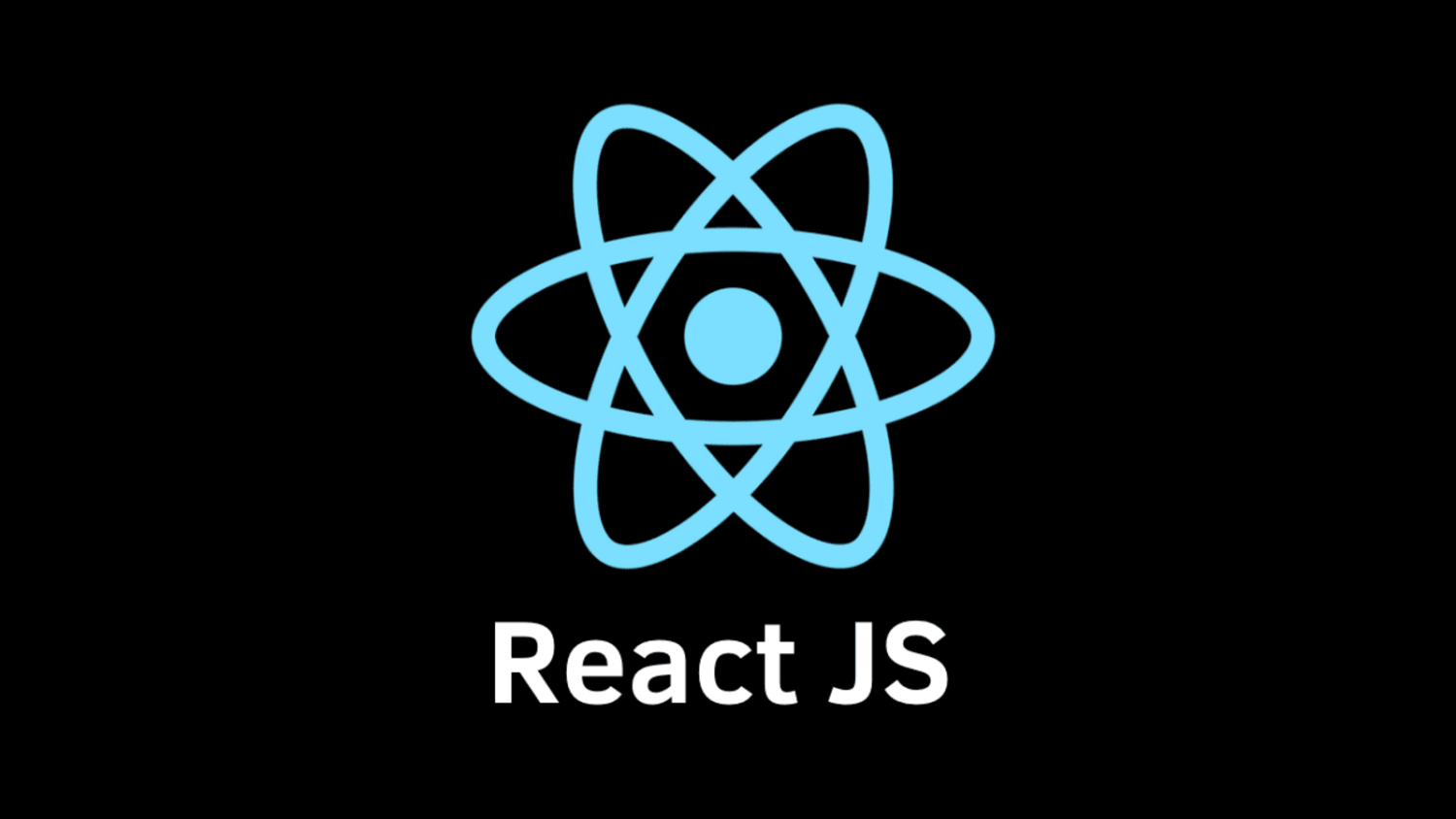ReactJS, a renowned JavaScript library, has transformed the landscape of web development with its innovative approach. This introduction aims to unravel the multifaceted applications of ReactJS, shedding light on its widespread popularity and versatility. Initially developed by Facebook, ReactJS simplifies the creation of interactive and dynamic user interfaces. Its component-based architecture allows developers to construct efficient and scalable web applications. This segment will explore how ReactJS caters to various development needs, from single-page applications to complex mobile apps, and its integration with diverse technologies. Understanding ReactJS’s capabilities and applications provides insights into its role as a pivotal tool in modern web and mobile development.
Core Principles of ReactJS

The core principles of ReactJS, central to its effectiveness in react js development, revolve around several key concepts:
- Component-Based Architecture: React follows a component-based approach, allowing developers to build encapsulated components that manage their state, then compose them to create complex UIs. This structure promotes reusability and easier maintainability.
- Declarative UI: ReactJS is declarative, meaning developers can describe what they want to achieve without detailing the step-by-step process. This results in more readable and maintainable code.
- Virtual DOM: React employs a virtual DOM to improve performance. It allows React to update the user interface efficiently by rerendering only the components that need updating.
- Unidirectional Data Flow: React uses a unidirectional data flow model. Data in React flows from parent to child components through props, enhancing predictability and debuggability.
- React Hooks: Introduced in later versions, hooks allow developers to use state and other React features in functional components, making code more concise and easier to understand.
These principles form the foundation of react js development, enabling the creation of dynamic, efficient, and robust web applications.
Single-Page Applications (SPAs)

Single-Page Applications (SPAs) are a significant area of application for ReactJS, leveraging its capabilities for creating dynamic and responsive web experiences. SPAs refer to websites or web applications that load a single HTML page and dynamically update content as the user interacts with the app. ReactJS excels in building SPAs due to several factors:
- Efficient Rendering: ReactJS’s virtual DOM makes it exceptionally efficient at updating the view when data changes, crucial for the dynamic nature of SPAs.
- Component-Based Structure: This allows developers to build complex applications with simple, reusable components, enhancing the development process for SPAs.
- State Management: React’s state management capabilities, further bolstered by libraries like Redux, enable effective handling of the application’s state without page reloads.
- Routing: With tools like React Router, ReactJS facilitates the navigation between different views in SPAs, mimicking the feel of a multi-page website.
These characteristics make ReactJS an ideal choice for developing SPAs, offering users a seamless, interactive experience akin to desktop applications.
Reusable Components

Reusable components are a cornerstone in ReactJS development, offering significant benefits in terms of code efficiency and maintainability. React’s design encourages the creation of modular components that encapsulate specific functionalities:
- Modularity: Components in React are designed to be self-sustaining and independent, making them easily reusable across different parts of an application or even across different projects.
- Consistency: Using reusable components ensures UI consistency. For example, a standard button component will look and behave the same across all the application’s screens.
- Efficiency in Development: Reusable components reduce the amount of code to write and maintain. Developers can create a library of common components used throughout the application, speeding up the development process.
- Ease of Testing: Smaller, modular components are easier to test and debug, leading to more robust applications.
React’s emphasis on reusable components aligns with modern development practices, promoting efficiency, consistency, and maintainability in web application development.
React in Mobile App Development

React’s application in mobile app development is predominantly realized through React Native, a framework that extends React’s component-based architecture to mobile applications. React Native allows developers to build mobile apps using JavaScript and React, while still offering the performance and look-and-feel of native applications.
- Cross-Platform Development: One of the key advantages of React Native is its cross-platform capabilities. Developers can write a single codebase that works on both iOS and Android, significantly reducing development time and effort.
- Native Performance: React Native bridges the gap between web and mobile platforms by allowing developers to create components that are rendered as native platform widgets, leading to high-performance applications.
- Component-Based UI: The UI in React Native is built using reusable components that have a consistent design across different mobile platforms.
- Rich Ecosystem and Community Support: React Native benefits from the extensive ecosystem and community support of React, providing access to a wide range of libraries and tools.
React’s transition into mobile app development through React Native represents a significant stride, offering efficient solutions for building robust and performant mobile applications.
Integration with Other Technologies

ReactJS’s integration with other technologies is a testament to its versatility and adaptability in the web development landscape.
- Integration with Backend Technologies: ReactJS can seamlessly integrate with various backend frameworks like Node.js, Django, and Ruby on Rails, allowing for the development of full-stack applications.
- State Management Tools: ReactJS works well with state management libraries like Redux and MobX, providing developers with sophisticated tools for managing application state, especially in large-scale projects.
- Compatibility with Testing Frameworks: ReactJS is compatible with various testing frameworks and tools like Jest, Enzyme, and React Testing Library, ensuring comprehensive testing coverage.
- Use with Other JavaScript Libraries: ReactJS can be used alongside other JavaScript libraries and frameworks, such as jQuery or D3.js, for additional functionalities.
This integration capability with a wide range of technologies enhances ReactJS’s functionality, making it a powerful tool for developing complex and high-performance web applications.
Community and Ecosystem

The ReactJS community and ecosystem are fundamental pillars that contribute significantly to its widespread adoption and continuous evolution.
- Vibrant Community: ReactJS boasts a large, active community comprising developers, contributors, and enthusiasts. This community plays a crucial role in driving the library’s growth, offering support, sharing knowledge, and providing valuable feedback.
- Rich Ecosystem: The ecosystem surrounding ReactJS is rich with a variety of tools, libraries, and extensions. These resources range from state management solutions like Redux and MobX to testing frameworks like Jest and React Testing Library.
- Regular Updates and Documentation: ReactJS benefits from continuous updates and improvements, guided by both Facebook and community contributions. Comprehensive documentation and resources are regularly updated, making it easier for developers to stay informed and learn.
- Conferences and Meetups: Numerous conferences and meetups are dedicated to ReactJS, fostering a sense of community, encouraging collaboration, and facilitating the exchange of ideas and best practices.
This dynamic community and ecosystem not only enrich the ReactJS experience but also ensure it remains a cutting-edge tool in web development.
Case Studies and Success Stories

The success stories and case studies of ReactJS demonstrate its efficacy and versatility in real-world applications. Major companies and websites have successfully utilized ReactJS for its benefits in performance and user interface design.
- Facebook: As the creator of ReactJS, Facebook uses it extensively, showcasing React’s scalability and efficiency in handling complex, high-traffic applications.
- Instagram: Leveraging ReactJS, Instagram has enhanced its web application with interactive features and efficient data management.
- Airbnb: Airbnb’s use of ReactJS has been instrumental in building a dynamic and responsive user interface, improving both the developer and user experience.
- Netflix: Netflix adopted ReactJS for its platform due to its performance benefits, particularly in startup speed and runtime performance.
These examples reflect how ReactJS meets diverse development needs, from social media platforms to streaming services, highlighting its capability to handle large-scale applications while providing an engaging user experience.
In conclusion, ReactJS stands as a powerful, flexible, and efficient JavaScript library for building dynamic and responsive web applications. Its component-based architecture, virtual DOM, and integration capabilities with other technologies make it an excellent choice for both small and large-scale projects. The robust community and rich ecosystem surrounding ReactJS provide an invaluable support network and resource pool. The numerous success stories and case studies of ReactJS in action further attest to its effectiveness and versatility. Whether for single-page applications, mobile app development, or large, complex web applications, ReactJS continues to be a top choice for developers worldwide.

